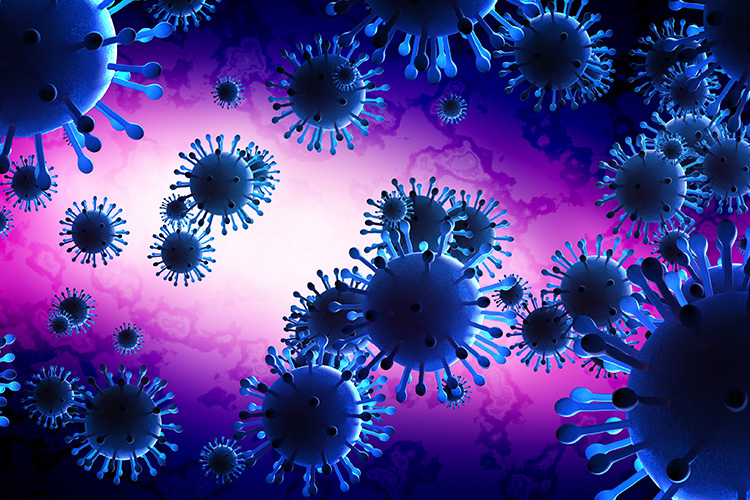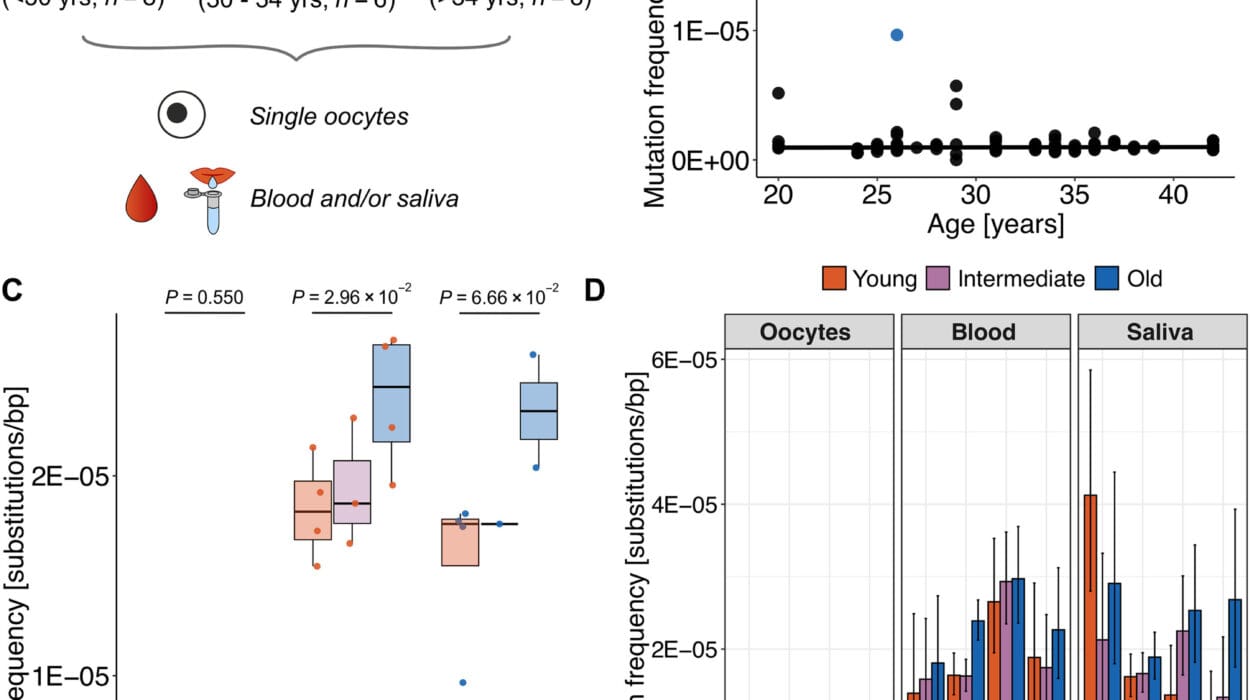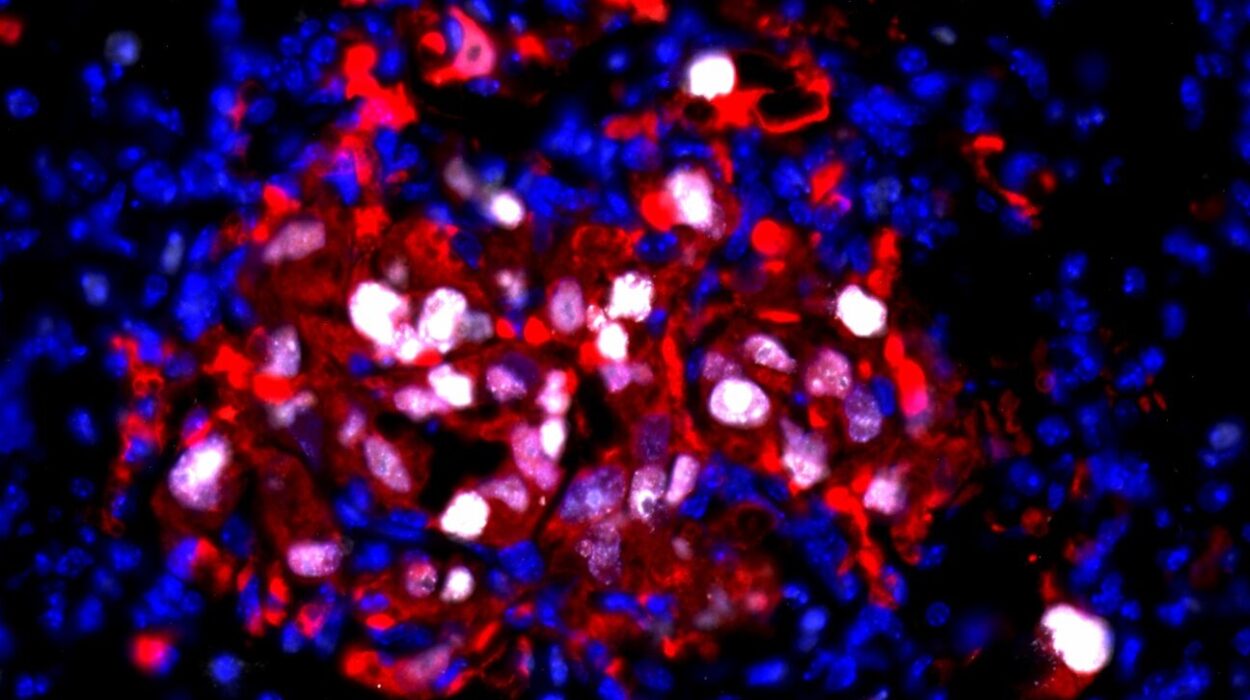The word “pandemic” often sends a shiver down our spines. It evokes images of sickness, loss, and fear, often accompanied by a feeling of helplessness. Yet pandemics, despite their catastrophic impact on human populations, are not new. Throughout history, pandemics have risen, spread, and eventually shaped the course of civilizations. From the Black Death to the Spanish Flu, and more recently, COVID-19, pandemics have profoundly influenced the development of societies, cultures, and healthcare systems.
But how do pandemics begin? What triggers the rapid spread of a disease that becomes global in scope? The answers to these questions lie in the intersection of science, history, and human behavior. Understanding how pandemics emerge—and learning from past outbreaks—is key to preventing future global health crises.
The Anatomy of a Pandemic: When Pathogens Cross Boundaries
At the core of every pandemic is the ability of a pathogen to spread rapidly across a population. This spread is often facilitated by several factors—biological, environmental, and social. But what makes a pathogen a pandemic-causing agent rather than a seasonal illness? The answer lies in its infectivity, its mutability, and its ability to evade immune defenses.
Many of the most dangerous pandemics in history were caused by viruses. These microscopic invaders are particularly adept at mutating and adapting to new environments, which allows them to bypass human immunity. The Influenza virus, for example, mutates rapidly, which is why the flu shot needs to be updated every year to stay effective.
A crucial aspect of the virus’s ability to jump from animals to humans is known as zoonotic transmission. Zoonotic diseases are diseases that can be transmitted from animals to humans. The historical record shows that many pandemics began when a virus jumped from an animal species to humans, either through direct contact or through intermediate species that acted as a bridge.
This phenomenon was the root cause of the HIV/AIDS pandemic in the late 20th century, which is believed to have originated from a virus found in chimpanzees. Similarly, the Ebola outbreak in West Africa in 2014-2016 is another example of a zoonotic virus—this time, the Ebola virus, which is believed to have been transmitted to humans through bats or primates.
When a pathogen mutates and crosses the species barrier, it may encounter a naive immune system. Humans, having no prior immunity to this new virus, are vulnerable to infection. This allows the virus to spread rapidly through the population, often before an effective response can be mounted.
The Role of Globalization: Human Movement and Disease Transmission
The world today is far more interconnected than ever before. People travel between countries, cities, and continents with unprecedented speed. Globalization, while a driver of economic prosperity, also acts as a catalyst for the spread of infectious diseases. Airplanes, cargo ships, and trains are modern vectors for pathogens, enabling them to travel from one side of the world to the other in a matter of hours.
The Spanish Flu of 1918 is a prime example of how human movement contributed to the rapid spread of a pandemic. The flu spread worldwide within months, partly due to the movement of soldiers during World War I. Troops were being transported between continents, and these large-scale movements acted as a conduit for the virus. Similarly, COVID-19 spread around the globe in early 2020, largely due to air travel, as individuals infected with the novel coronavirus unknowingly carried the disease across borders.
In modern times, urbanization has compounded the issue. Megacities, with populations often exceeding millions, create environments where diseases can spread more easily. Crowded public transport systems, large gatherings, and dense living conditions make it easier for pathogens to find a host. In Hong Kong, Mexico City, and New York, outbreaks like SARS (Severe Acute Respiratory Syndrome) in 2003 and COVID-19 in 2020 spread quickly, due in part to the close proximity of people.
Global trade also plays a crucial role in disease transmission. As goods move between countries, they often carry with them not just products, but the potential for disease. The movement of livestock, for example, has been responsible for the spread of zoonotic diseases, such as avian influenza and swine flu, from animals to humans.
Environmental Factors: The Perfect Storm for Disease
Pandemics are not solely a product of human behavior and microbial evolution; the environment plays a critical role in the emergence of infectious diseases. The intersection of climate change, habitat destruction, and urbanization creates the perfect conditions for new diseases to emerge and spread.
Climate change has been shown to alter the distribution of disease-carrying vectors, like mosquitoes, ticks, and rodents. Warmer temperatures, changing precipitation patterns, and shifts in ecosystems can allow these vectors to invade new regions where they previously could not survive. The spread of malaria, dengue, and Zika virus are examples of how climate change has affected disease transmission by expanding the range of vectors.
Habitat destruction, often caused by deforestation and the encroachment of human settlements into wildlife habitats, also plays a role in disease emergence. By bringing humans into closer contact with animals, particularly wildlife, the chances of zoonotic diseases spilling over into human populations increase. This is what happened with the emergence of SARS-CoV in 2002 and COVID-19, which both originated in bats and likely passed through intermediate animal hosts before infecting humans.
Natural disasters, such as hurricanes, earthquakes, and flooding, can also create conditions conducive to the spread of infectious diseases. These events disrupt sanitation systems, contaminate water supplies, and displace populations, leading to overcrowded living conditions and a breakdown in public health infrastructure.
The Path of Pandemics: How Diseases Spread
Once a pathogen has crossed the threshold into a human population, its path is determined by a complex mix of biological, social, and environmental factors. Understanding the epidemiology—the study of how diseases spread—is essential to comprehending the trajectory of pandemics.
An epidemic becomes a pandemic when a disease spreads across countries and continents, affecting large numbers of people. But what determines how far and how fast a disease will travel? Several key factors are at play.
First, the infectivity of the pathogen—how easily it spreads—is paramount. Highly contagious diseases, such as measles, smallpox, and COVID-19, are more likely to become pandemics. These diseases spread through the air via droplets, making them much easier to transmit than diseases that require direct contact, like Ebola or HIV.
The asymptomatic period of a disease also plays a role in its spread. Diseases like influenza and COVID-19 can be spread by people who don’t show symptoms, which makes it harder to identify and isolate infected individuals early in an outbreak. The R0 value (basic reproduction number), which refers to the average number of people an infected individual will spread the disease to, also determines the scale of an outbreak. The higher the R0, the more quickly a disease can spread.
Social factors, such as public health infrastructure, community response, and government policies, also influence the spread of a disease. Effective measures, such as quarantine, vaccination, and contact tracing, can slow the spread of a pathogen and prevent it from becoming a pandemic. However, political instability, misinformation, and inequitable healthcare systems can make it harder to contain an outbreak, as seen in the early stages of the Ebola outbreak and the COVID-19 pandemic.
Lessons from History: How Pandemics Have Changed the World
Throughout history, pandemics have reshaped the course of human civilization. The most devastating outbreaks have not only caused immense human suffering but have also led to major social, political, and cultural shifts.
One of the most famous examples is the Black Death, which swept across Europe in the 14th century, killing an estimated 25-30 million people—about one-third of Europe’s population. The plague, caused by the bacterium Yersinia pestis, decimated communities and led to widespread social upheaval. The massive death toll resulted in labor shortages, which led to economic changes, including the rise of the working class and the decline of feudalism.
Similarly, the Spanish Flu of 1918 killed an estimated 50 million people worldwide, making it one of the deadliest pandemics in history. It spread rapidly due to the movement of soldiers during World War I and had a profound impact on global public health. The pandemic led to the development of the modern World Health Organization (WHO) and set the stage for the growth of international health collaborations.
The HIV/AIDS pandemic, which began in the late 20th century, has had a similarly transformative effect on public health policy and global health priorities. While still ongoing, HIV/AIDS has raised awareness about the importance of global health initiatives, education, and prevention. It also helped to de-stigmatize conversations about sexual health and safe practices.
The COVID-19 pandemic, which began in 2019, is another landmark event in the history of pandemics. Beyond the tragic loss of life
, it has exposed weaknesses in global healthcare systems, highlighted inequalities in health access, and demonstrated the importance of early detection and coordinated global responses. However, it also sparked unprecedented collaboration in vaccine development and highlighted the need for international solidarity in combating global health threats.
Towards the Future: Preventing Pandemics and Responding to Threats
Pandemics are a recurring feature of human history, but that doesn’t mean we are helpless in preventing or mitigating their impact. Advances in science, technology, and public health offer us powerful tools to detect, prevent, and respond to future outbreaks.
Early detection is one of the most important strategies for preventing pandemics. Surveillance systems—which track patterns of illness in real-time—are essential for identifying potential outbreaks before they spread. Technologies like genomic sequencing allow scientists to rapidly identify new pathogens and understand their transmission dynamics. This type of research played a critical role in identifying and sequencing the SARS-CoV-2 virus in the early days of the COVID-19 pandemic.
Additionally, the development of global health infrastructure and international cooperation is key to addressing future pandemics. The Global Health Security Agenda (GHSA) is an international initiative aimed at improving the capacity of nations to prevent, detect, and respond to infectious disease threats.
In the realm of medicine, vaccines and antiviral treatments are critical tools in preventing pandemics. The rapid development of COVID-19 vaccines showed the potential for mRNA technology and other advanced methods in vaccine production, offering hope for future rapid responses to emerging diseases.
At the individual level, fostering a culture of personal hygiene, vaccination, and education can empower people to take proactive steps in protecting themselves and others from disease.






